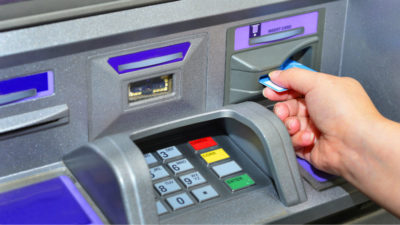With over 25 years of operating experience, Innergex Renewable Energy Inc. (TSX:INE) is one of the leading independent renewable power producers in Canada. Roughly 70% of its production comes from hydroelectricity, 20% comes from wind, and 10% comes from solar. The company is finding plenty of avenues for growth in clean energy. Since 2010 its power generation has more than doubled.
That growth is resulting in hefty dividends for shareholders. Today the company’s stock has a 4.7% yield. If management can execute its growth initiatives, there could be plenty of room left to raise that payout.
How the money is made
What’s created success for Innergex so far? The company owns and operates long-life power-generation assets like wind farms or hydroelectric plants. Renewables should continue to provide ample business opportunities.
According to the EIA, global renewable generation is expected to grow 5.4% per year through 2020. Renewables are also expected to account for 80% of new generation in OECD countries and 70% in non-OECD countries. With global power needs growing nearly every year due to rising populations and consumption, Innergex’s industry should continue commanding a majority of that growth.
Innergex also has more earnings stability that other power producers. Once a hydro plant, wind farm, or solar project is put in place, it will almost always be the lowest-cost provider in the area. As long as there is demand for power in its regions of operation, Innergex will almost always be able to deliver energy profitably.
And because the wind and rivers flow fairly predictably over the course of a year, Innergex realizes the same cost of production nearly year round. That’s a big advantage when competitors need to deal with commodity price fluctuations in coal or natural gas.
Show me the growth
Since 2010 EBITDA has risen from $68 million to $184 million in 2015. By 2017, management expects to generate over $290 million in adjusted EBITDA per year.
How is that rate of growth possible?
Four majors projects currently under construction are expected to reach commercial operation between Q3 2016 and Q2 2017. These projects should increase the company’s installed capacity by nearly 25%. It’s also submitting proposals for various opportunities that should fuel growth beyond 2017.
For example, Ontario aimed for 300 MW of new wind energy and 140 MW of new solar energy in 2015 and has similar goals this year. Innergex management plans to pursue those opportunities aggressively, leveraging its proven success in such projects.
Innergex is also targeting international markets like Latin America and Europe. It stated, “Demand for renewable energy is strong, driven by economic growth or the need to replace fossil fuels, and where declining costs are making renewable energy cost competitive.” It proved its intentions in March by acquiring a portfolio of eight wind farms in France. The portfolio is fully contracted over the next 13 years and should provide a reliable avenue for profit growth.
A dividend to count on
With ample free cash flow to cover its current 4.7% yield, investors can take advantage of this above-average income stream today. With plenty of growth projects fueling rapid EBITDA growth, the payout has plenty of room to grow over the next few years.







